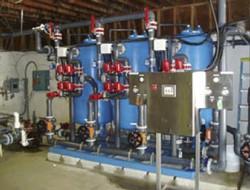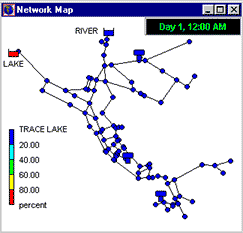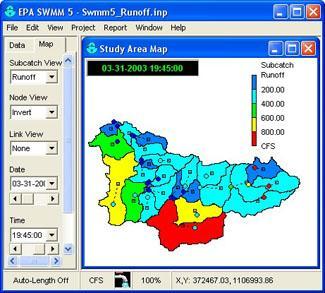Resources for Drinking Water Utilities
U.S. EPA: Protecting Our Water, Our Future
As part of our mission to protect human health and the environment, EPA is happy to share the results of our research into treatment methods and technologies for safe drinking water and sanitation. We've assembled a collection of resources on this page that we hope will be useful to drinking water utilities across the globe.
Arsenic in Drinking Water Treatment Resources
 Following the announcement of a new standard for arsenic in drinking water, EPA invested $20 million in research, development, and testing of cost-effective treatment technologies for arsenic. As part of this investment, EPA also funded the development of technical assistance and training materials for drinking water system operators.
Following the announcement of a new standard for arsenic in drinking water, EPA invested $20 million in research, development, and testing of cost-effective treatment technologies for arsenic. As part of this investment, EPA also funded the development of technical assistance and training materials for drinking water system operators.-
Arsenic Treatment Technology Evaluation Handbook for Small Systems (151 pp, 1.9 MB, About PDF)
-
Arsenic Treatment Publications - this page contains a complete list of publications by EPA's arsenic research program, including design manuals and case studies of arsenic removal systems. A few particularly noteworthy publications are listed below:
-
Oxidation of As (III) by Aeration and Storage (52 pp, 1.49 MB, About PDF)
- The following articles are not available directly from EPA. The publishers may charge a fee for access to these articles.
Climate Ready Water Utilities
Environmental Technology Verification
 Although EPA no longer verifies innovative environmental technologies, the Agency maintains a library of testing protocols and verification reports for innovative environmental technologies.
Although EPA no longer verifies innovative environmental technologies, the Agency maintains a library of testing protocols and verification reports for innovative environmental technologies.Software Tools for Water Utilities
EPANET
CANARY
Storm Water Management Model (SWMM) 
Other Resources
EPA's Clusters Program works to bring together regional networks of water industry organizations - including businesses, universities, government agencies, and support groups. These networks can be a resource for bringing new water technologies to market and solving regional water problems.
Additionally, EPA assembled a broad collection of resources from a variety of additional EPA programs for the Water Environment Federation's Technical Exposition and Conference in 2014. Some of these resources may also prove useful to World Water Forum participants.
